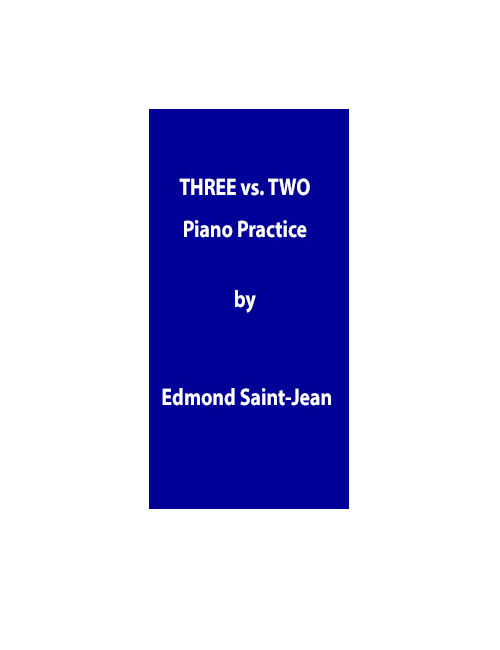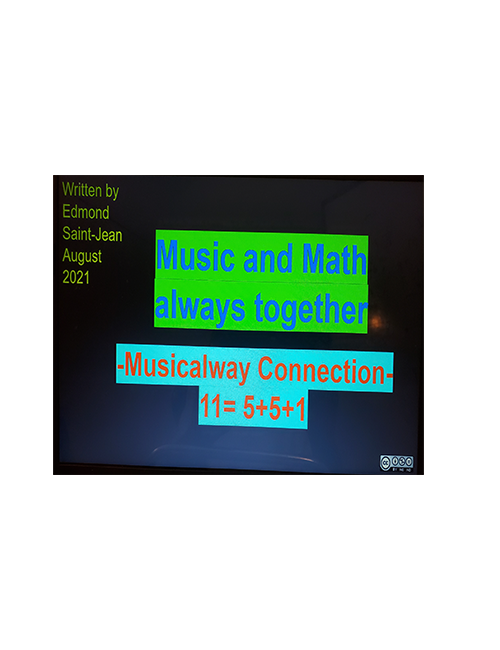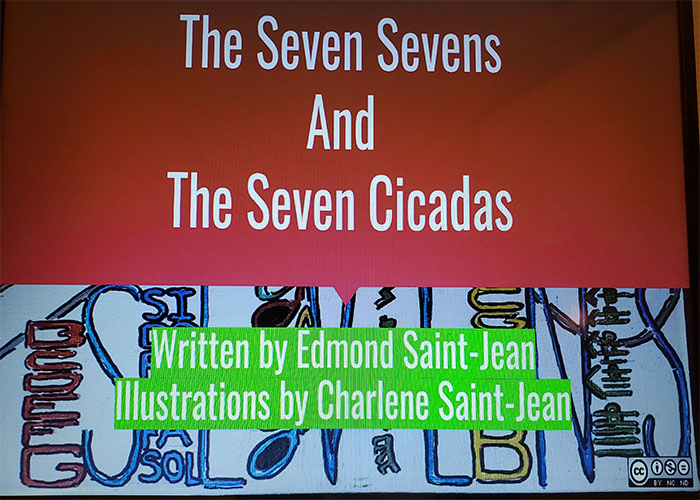The word is self-explanatory because steady means, consistent, even, regular pace, not too fast and not too slow. Just like a heartbeat. No matter what is going on in the immediate environment the pulse is highly reliable. It determines a mindset, a group mindset referring to an ensemble, a choir, and an orchestra. It even applies solo performances where the pianist can rely on the steadiness of the piece to strive.
“The steady beat is achieved through trials and errors because the processes of mind require a lot of discipline to repeat even a simple pattern over and over again.”
The earth spins on its axis. A phenomenon that cannot be felt during our earthly journey. However, any turbulence such as earthquake, tsunami and other natural events, can change our natural way of living. What makes music stand alone is what can happen when a composition turns dramatic, in other words outside the norms of the steady beat.
The different variations of a steady beat
The steady beat is highly flexible because any piece can vary from a march, to a waltz, to a jazzy beat and many more. A piece of music with the time signature 4/4, Andante, or 2/4 fast is considered to be a march. A song with a time signature or meter of 3/4, 6/8 is considered to be a waltz. A piece built on syncopation, off beat has a jazzy feeling. They all are played with a steady beat.
The square [4/4], the triangle [3/4], the parallel [2/4] are classified as being the simple meters or time signature because learners must develop the performance skills and reach a level of mastery using one or all three meter. A well-trained singer or instrument player must acquire the mastery of these cadences [march, waltz] if they both inspire to perform more complex meters.
The complexities of the steady beat
The steady beat thus far described above is made of symmetrical patterns. Meaning that any group of notes created are balanced and equals in numbers. However, in the asymmetrical patterns of meters the square and the triangle are mixed: 4/4 + 3/4 or [4 + 3/4] or 7/4. and visa versa. The same patterns are created between the triangle and the parallel meters 3/4 and 2/4 or [3+2/4] or 5/4. and visa versa. Only a well trained musician can venture into mixing asymmetrical patterns in their performance.





Leave A Comment
You must be logged in to post a comment.